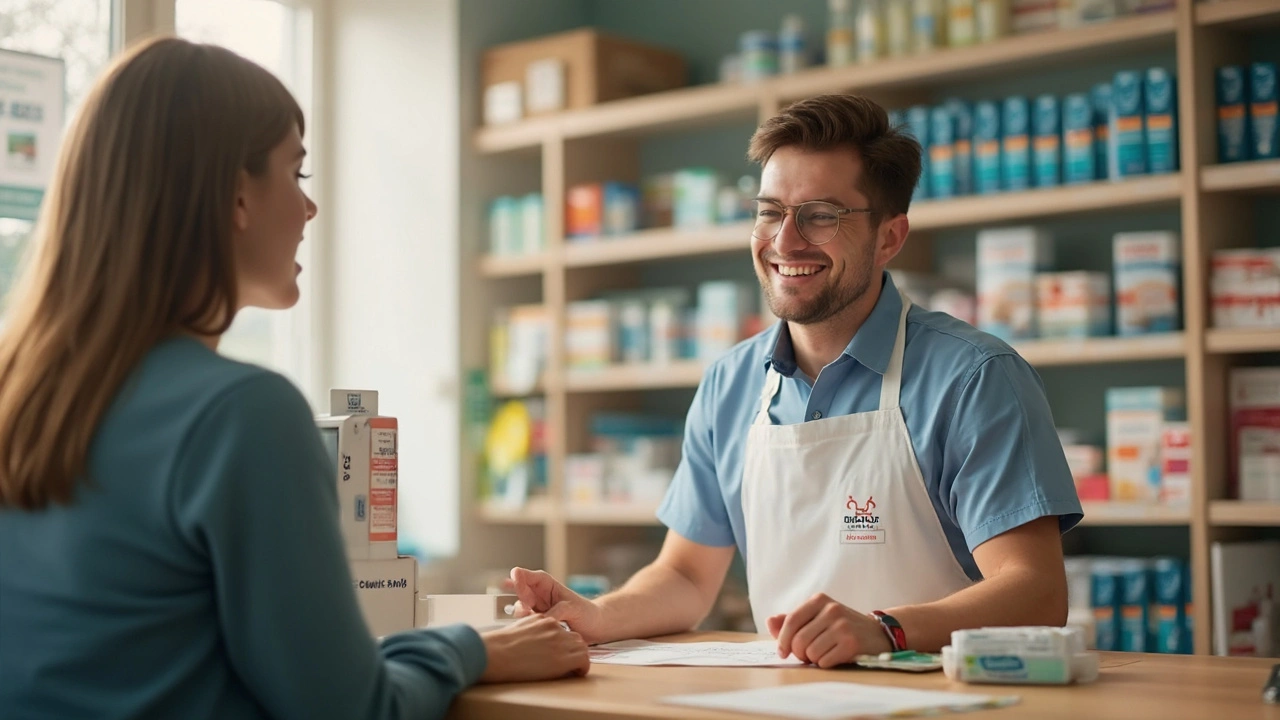Cheaper Medication: Practical Ways to Cut Your Rx Bill
Prescription prices can surprise you. You don’t need to accept high costs as a fact of life—there are clear steps you can take right now to lower what you pay for medicine. These are simple, practical moves that save money without risking your health.
Smart ways to cut prescription costs
First, ask your prescriber about generics. Generic drugs contain the same active ingredient and usually cost a fraction of brand-name versions. Say the drug name and “Is there a generic?”—most doctors are used to switching when possible. Also ask about therapeutic alternatives: a different drug in the same class might work just as well and be cheaper.
Use price-comparison apps before you pay at the pharmacy. Apps and sites can show prices at nearby pharmacies and offer coupons you can use at the counter. A lot of people save 30–70% by checking an app first. If you take one medicine regularly, consider a 90-day supply from mail-order or big-box pharmacies—per-dose cost often drops with larger fills.
Look for manufacturer coupons and patient assistance programs. Drugmakers sometimes offer savings cards or free programs for people with low income or no insurance. It’s worth searching the drug’s official site or asking your doctor’s office for enrollment help. For older adults, some nonprofit groups and state programs also help cover costs.
Pill splitting and dose consolidation can save money for certain tablets. Only do this if the pill is scored and your doctor approves. Don’t split extended-release or coated pills—doing so can be dangerous. When safe, splitting higher-dose tablets can halve monthly cost while keeping the same total dose.
Safe online buying tips
Online pharmacies can be cheaper, but stick to trusted vendors. Check for clear contact info, a licensed pharmacist available by phone, and secure payment pages. Avoid sites that sell controlled drugs without a valid prescription. If a site’s price looks too good to be true, it might be a red flag.
When buying from international or less-known online pharmacies, verify reviews and regulatory registration. Save receipts and batch numbers so you can talk to your doctor or the seller if something feels off. For peace of mind, compare the online price to a local pharmacy—sometimes the difference is small once shipping and handling are added.
Finally, talk to your pharmacist. They know which generic manufacturers are reliable, which coupons work, and when a therapeutic switch is reasonable. A short conversation with a pharmacist can reveal a cheaper option you didn’t know about.
Use these steps together: check generics, compare prices with apps, seek coupons, consider mail-order for 90 days, and verify online sellers. That combo will cut your bills without cutting corners on safety.

Pharmacist Hacks for Finding Cheaper Prescriptions and Medication Savings
Discover behind-the-counter secrets actual pharmacists use to help people save real money on medicine. Get tips on negotiation, insurance loopholes, and powerful online tools for prescription savings. This article walks you through smart strategies most people never hear about, including the truth about discount cards and patient assistance. If you’re tired of high pharmacy bills, this guide is what you’ve been waiting for.
Read More